LAST UPDATED: 1/19/24 – Milford Sound Photography Guide
This Milford Sound photography guide contains references to products on my Amazon Store site. I may receive a commission when you purchase these products from my store, though at no additional cost to you. I hand-pick and recommend only the products that I am either familiar with or comfortable recommending.
Milford Sound is one of this world’s most stunningly beautiful locations, but it can also be a very challenging location to photograph. Between heavy moisture, ever-changing weather conditions, and rocking boats, it can be difficult to come away from a visit to Milford Sound with the high-quality photographs you desire. If you aren’t prepared, you may come away from a visit to Milford Sound without any eye-popping shots, or worse yet, without any working camera equipment.
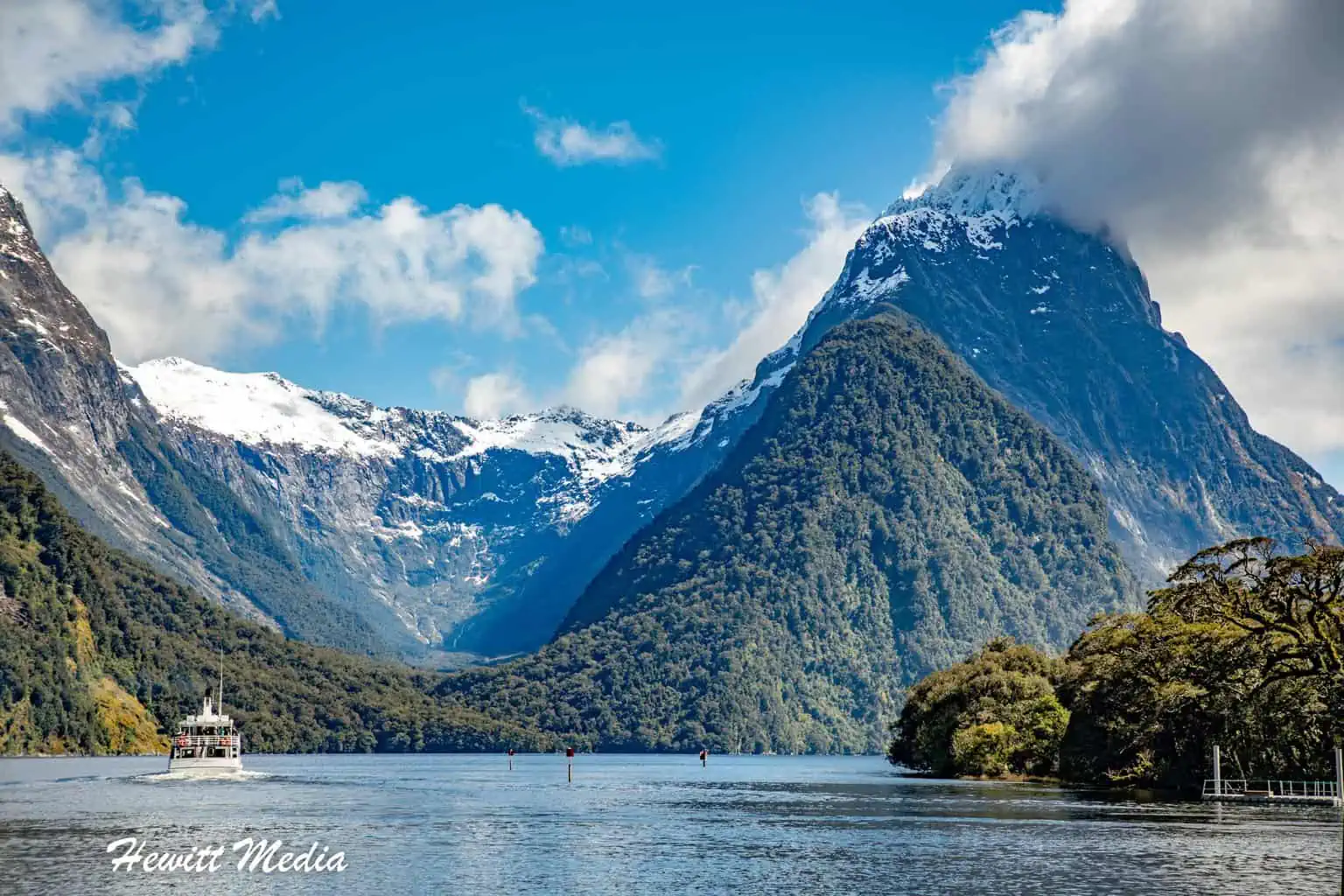
That is why I have put together a Milford Sound photography guide to assist you with some tips and tricks that I picked up during my visit to Milford Sound. This will help you avoid some of the common pitfalls that people run into when photographing this iconic location. If you follow these tips you will have a much better chance of capturing the memorable photographs of your trip that you set out to capture.
Milford Sound Photography Guide Navigation Menu
| Milford Sound Do’s and Don’ts | |
| Milford Sound Photography Tips | |
| Top Photography Spots | |
| What Gear to Pack for Milford Sound |
Milford Sound Do’s and Don’ts
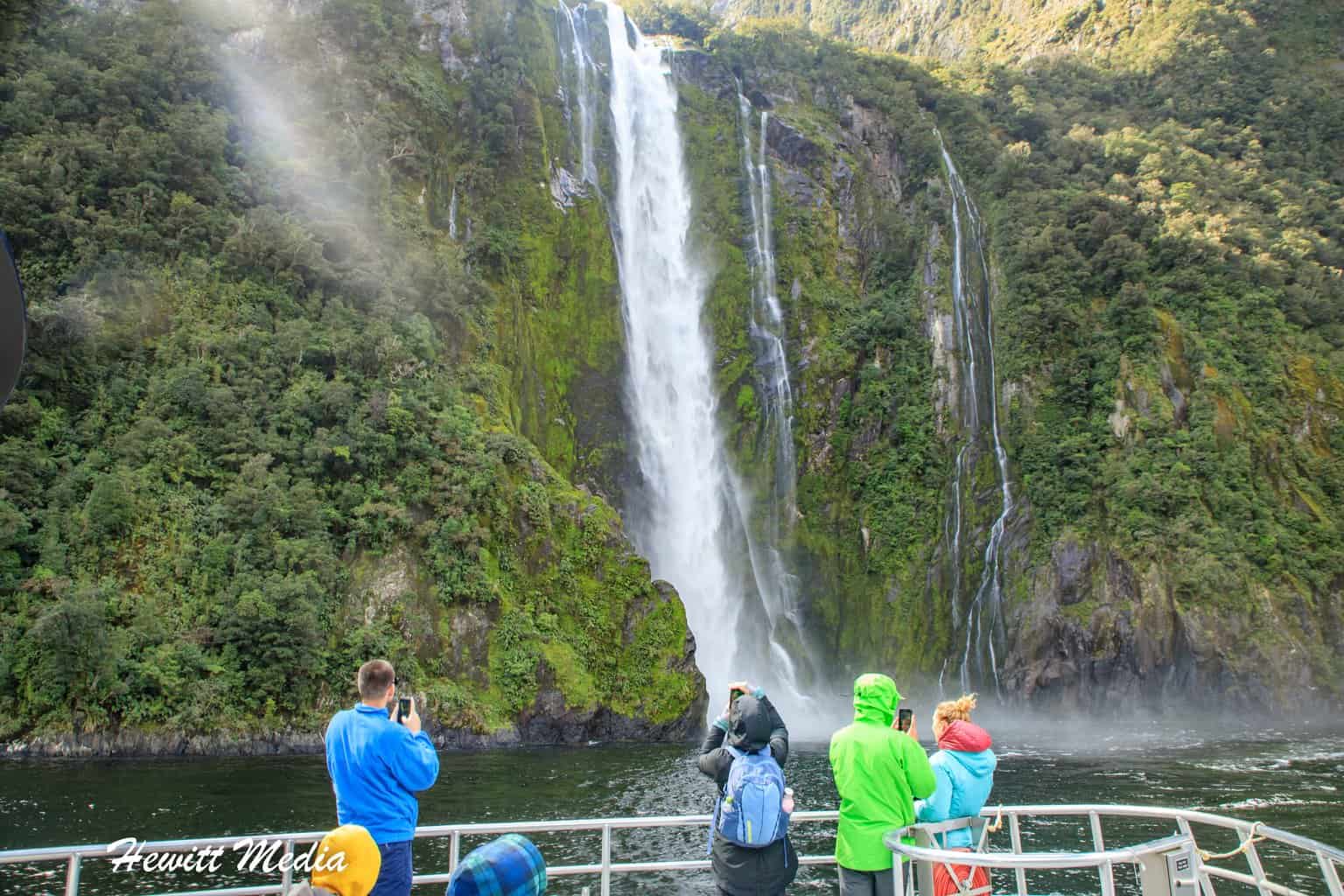
Before I get into the specific photography tips that I have for photographing Milford Sound, I think it is important to discuss some basic rules that you should keep in mind when you visit. These rules are important because they can mean the difference between a great shot and a poor shot and a working camera and a damaged camera.
| READ MORE: |
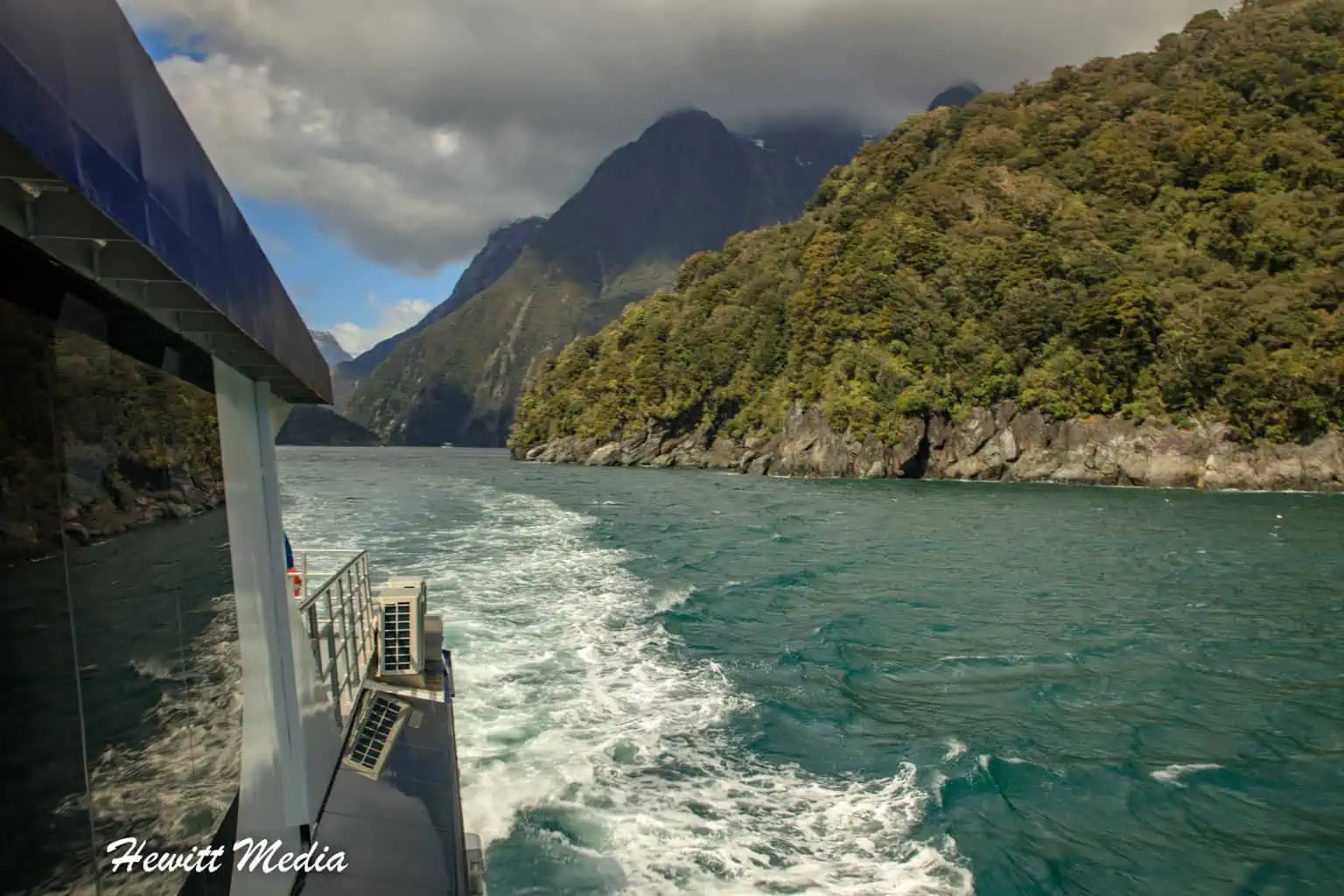 |
| The Essential Milford Sound Visitor Guide |
Be Prepared for the Elements
One of the most important tips that I can give you for photographing at Milford Sound is to be prepared for the elements. Specifically, you need to be prepared to get wet and for your camera gear to get wet. It rains over half of the year at Milford Sound, so chances are it will be raining when you visit. And not just raining, it may be raining hard. You need to have a plan to keep yourself comfortable and your gear safe when you photograph Milford Sound.
Have a Plan for a Rocking Boat Ride
One of the best ways to see and photograph Milford Sound is to take a cruise. Not only does this allow you to see the most of this stunning landscape, but it also allows you to get up close and personal with the waterfalls and wildlife.
While the boat rides are great for getting you around Milford Sound and close to the elements you want to photograph, they can also present some unique challenges for photographers. Specifically, boats on the ocean typically aren’t the most stable photography platforms. To take quality photographs on a Milford Sound cruise, you need to have a plan to deal with rocking boats.
No Drones Allowed
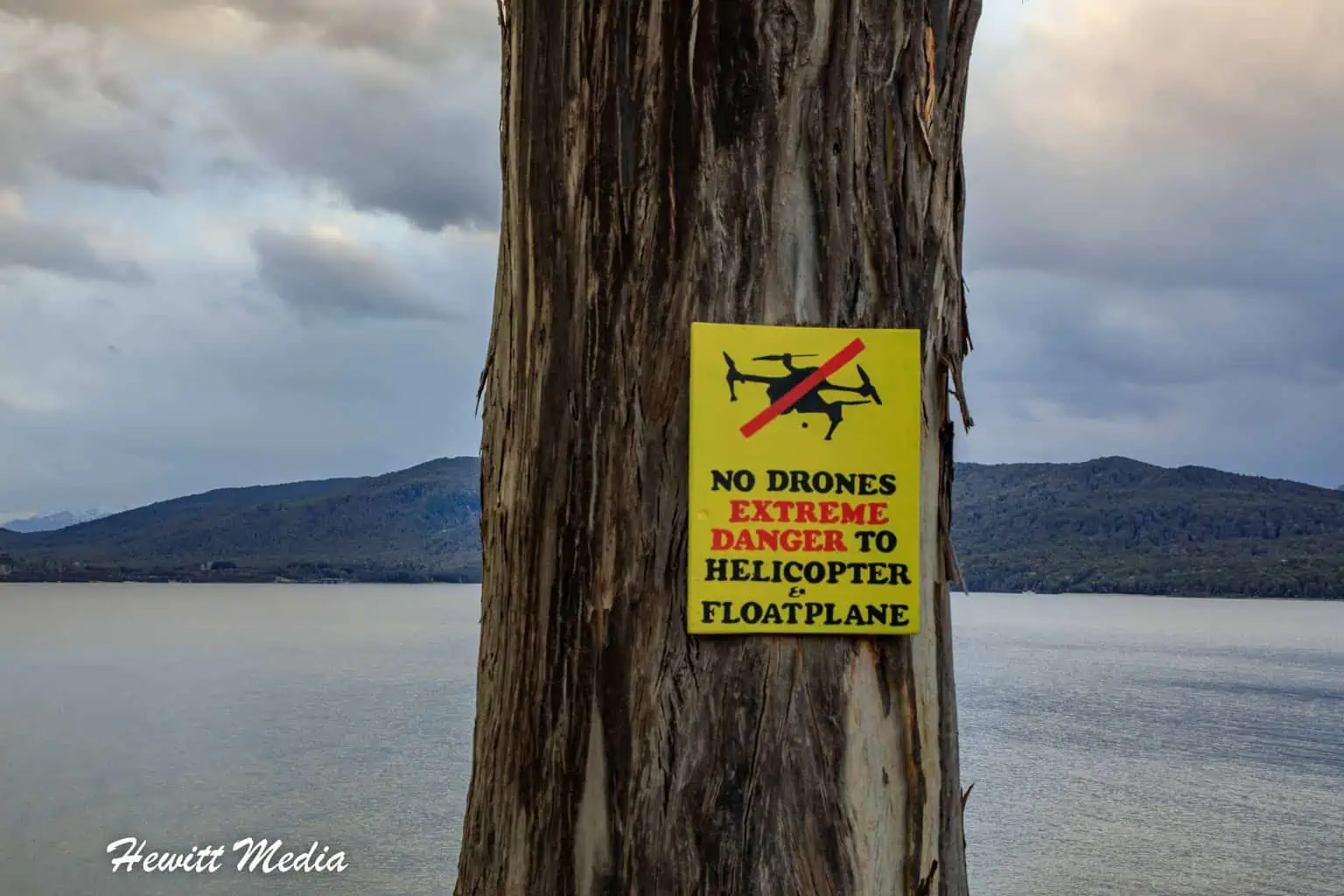
If you were planning on bringing your drone to Milford Sound to get some amazing aerial shots, I would think twice about doing that. New Zealand has some of this world’s strictest drone laws, and for good reason. There are a lot of helicopters and floatplanes that fly above the amazing landscapes that you want to get drone footage of, and your drone poses a very real danger to them. If you want to use a drone at Milford Sound, you should be aware of the guidelines New Zealand has around drones.
- They are not allowed in National Parklands. While Milford Sound is not technically part of Fiordland National Park, it has also banned drones from flying near the sound. To fly a drone above Milford Sound, you will need to apply for authorization to operate your drone in the area.
- If you do get authorization, you will need to follow all regulations set forth by the local government in the Milford Sound area. You can find all local regulations regarding drones on the New Zealand Local Government website.
- Before you try and get any pictures or footage of a marine animal such as a dolphin, whale, or sea lion in Milford Sound, you should be aware that the New Zealand government has strict rules when it comes to flying drones over these animals. You can fly your drone no closer than 150 meters horizontally from any wildlife. These rules are put in place to protect the animals and should be taken very seriously. If you would like to photograph wildlife in Milford Sound, you will need to obtain a permit from the Department of Conservation in New Zealand.
- Finally, when flying a drone in New Zealand, you need to understand the federal laws that govern drones. Any drone under 25kg is considered to be a Remotely Piloted Aircraft System (RPAS) by the New Zealand government. The rules governing all RPAS set forth by the Civil Aviation Authority of New Zealand are as follows:
Height: Drone can fly no higher than 120m/400ft
Distance: The drone must be flown within line of sight, which means that you must always be able to see your drone with your own eyes. This does not include being able to see it with the aid of binoculars or a monitor.
Weight: Under 25kg.
Always Be Safety Conscious
When you are photographing at Milford Sound, it is important to remember that you are in a wilderness area. You should take every precaution necessary to make sure you are safe. This means you should avoid doing things that put you in jeopardy, even if it means you don’t get the pictures you want. When on boats and near water or ledges you should be especially careful when taking selfies. Falling overboard, slipping into the water, or falling off a ledge could lead to serious injury or death.
Be Patient
The last general tip that I have to give you for photographing any location, including Milford Sound, is that you have to be patient. When you are taking travel photographs, things are going to get in your way of getting the shots that you want.
Challenges will inevitably occur. People may be in your way, the weather may not cooperate, your gear may malfunction, or other challenges might pop up that test your patience. If you let these challenges get to you or give up, then you are assuredly not going to get the photographs you want. If you are patient and find a way to work around the challenges, your persistence and patience might really pay off.
Milford Sound Photography Tips
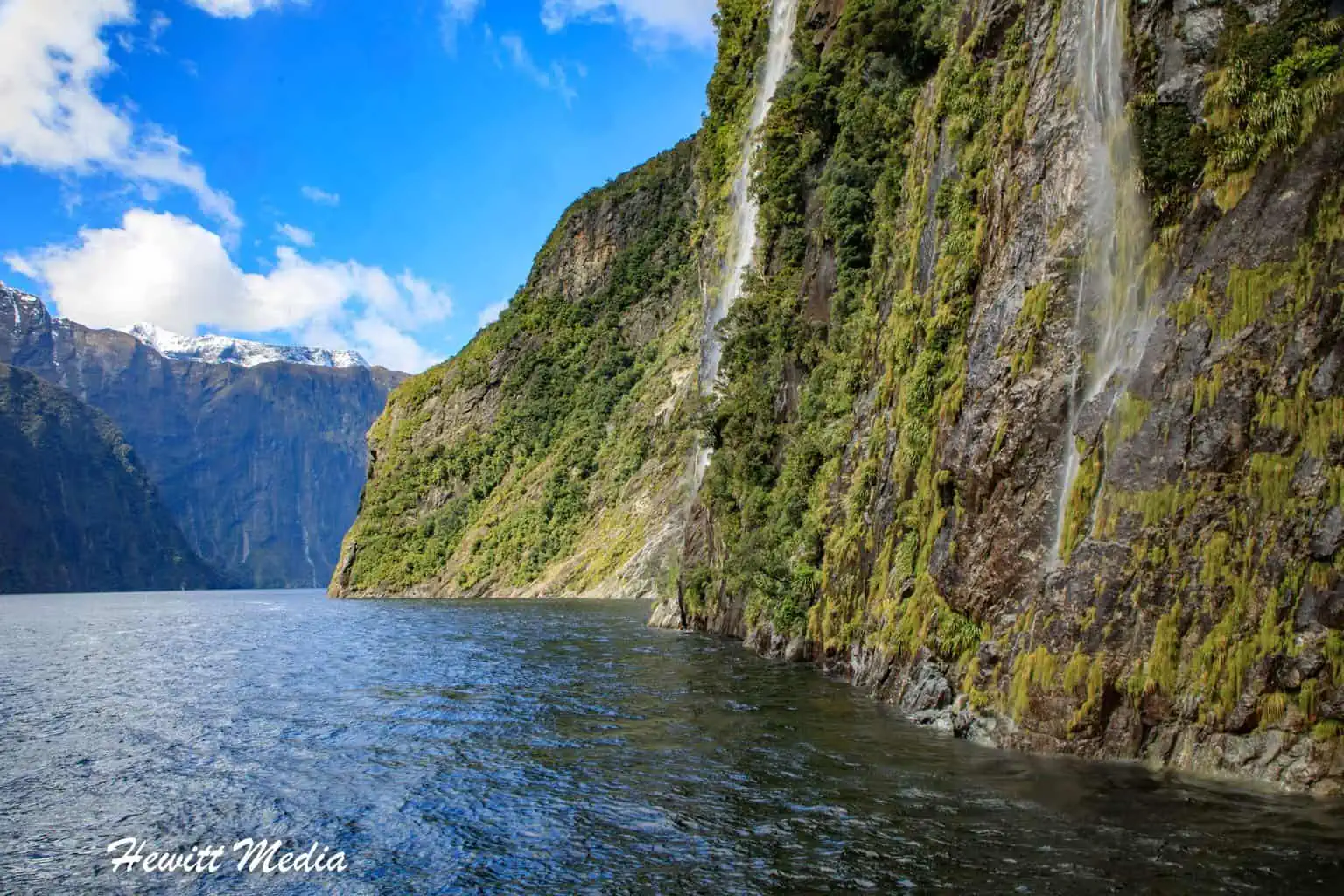
Now that I have given you some general guidelines to keep in mind as you prepare to photograph Milford Sound on your trip, I would like to next discuss some photography tips and tricks that I can give you that will help you better capture this amazing place. If you keep the tips in my Milford Sound photography guide below in mind, you will undoubtedly capture some beautiful pictures.
Focus on Wide Angle Shots
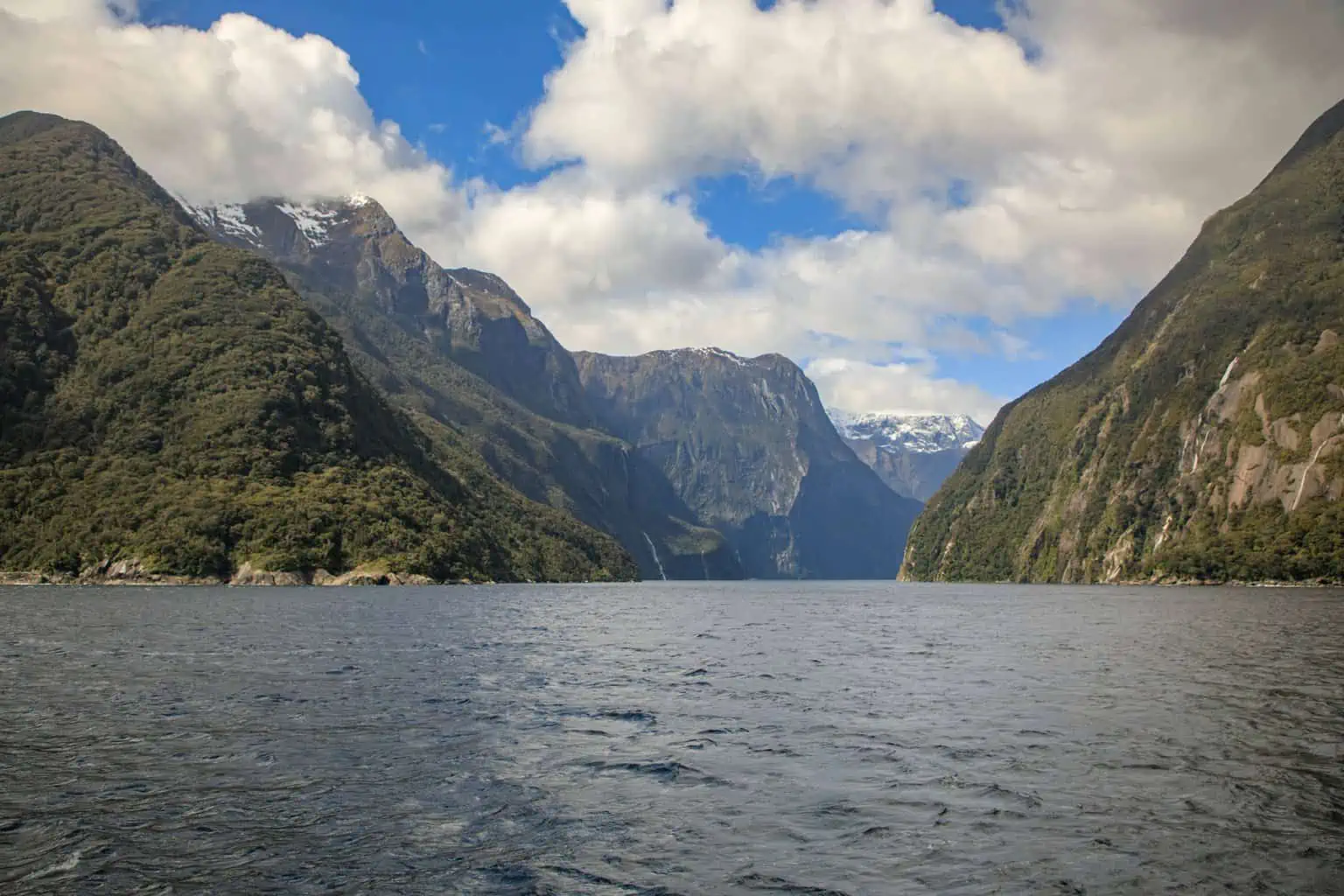
One of the best pieces of advice I can give you in terms of photography tips when visiting Milford Sound is to have a wide-angle lens with you. There will be many instances where you will be up close to or in tight with the subject material that you want to photograph, and it will be nearly impossible to fully capture the subject matter unless you have a wide-angle lens.
This is especially important if you are using a camera that has a crop sensor instead of a full-frame camera. If you aren’t familiar with the difference, a crop sensor automatically magnifies the image you are photographing by either a 1.3, 1.5, or 1.6 times magnification (depending on the camera).
This magnification can have its advantages if you are trying to capture images that are far away, as the default magnification provides more “reach” for your camera. However, if you are trying to photograph objects that are up close to you, then it can have its obvious disadvantages.

In the image above, I illustrate how using a full-frame versus a crop sensor camera can influence the type of shots you can get at Milford Sound. The image I took was with a Canon 5D Mark IV camera, which has a full-frame sensor. You can see how much wider a profile the full-frame camera has than a crop sensor camera such as a Canon Rebel T7i with the same lens. I was able to capture much more of the landscape with a full-frame camera than I would have been able to with a camera with a crop sensor.
Now, I am not saying you need to invest in an expensive full-frame DSLR to be able to properly capture Milford Sound. However, I am saying that you will need to plan ahead to make sure you have the necessary wide-angle lens, especially if you are using a camera with a crop sensor. To give you an idea of what I would recommend for a minimum focal range for different types of cameras, I have included some recommendations below for you to review.
- Full Frame Cameras: Minimum focal range of 20-28mm
- 1.3x Crop Sensor Cameras: Minimum focal range of 14-22mm
- 1.5x Crop Sensor Cameras: Minimum focal range of 12-20mm
- 1.6x Crop Sensor Cameras: Minimum focal range of 10-18mm
Don’t Miss the Money Shot
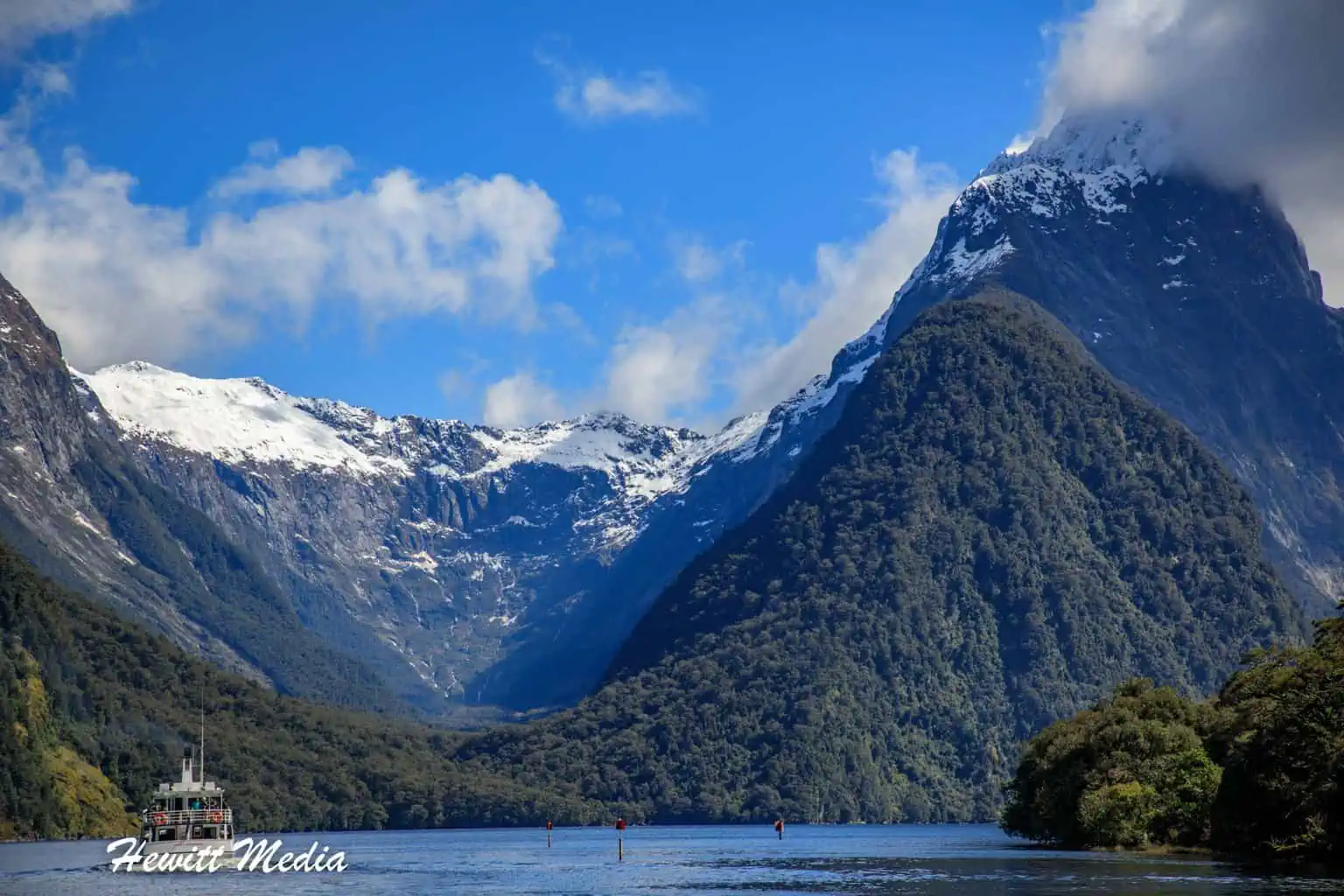
No photography trip to Milford Sound can be complete without capturing the iconic image of Milford Sound with the majestic Mitre Peak in the background. As you can see in the image below, the charismatic cone shape of this beautiful 5,500-foot-tall mountain makes a stunning backdrop in any photograph of Milford Sound.
You can capture Milford Sound with Mitre Peak in the background from the area around the docks at Milford Sound or on your boat cruise as you depart. Wherever you decide to take this photograph, don’t leave Milford Sound without capturing this image. It’s what everyone envisions when they think of Milford Sound.
Look Out for Wildlife to Photograph
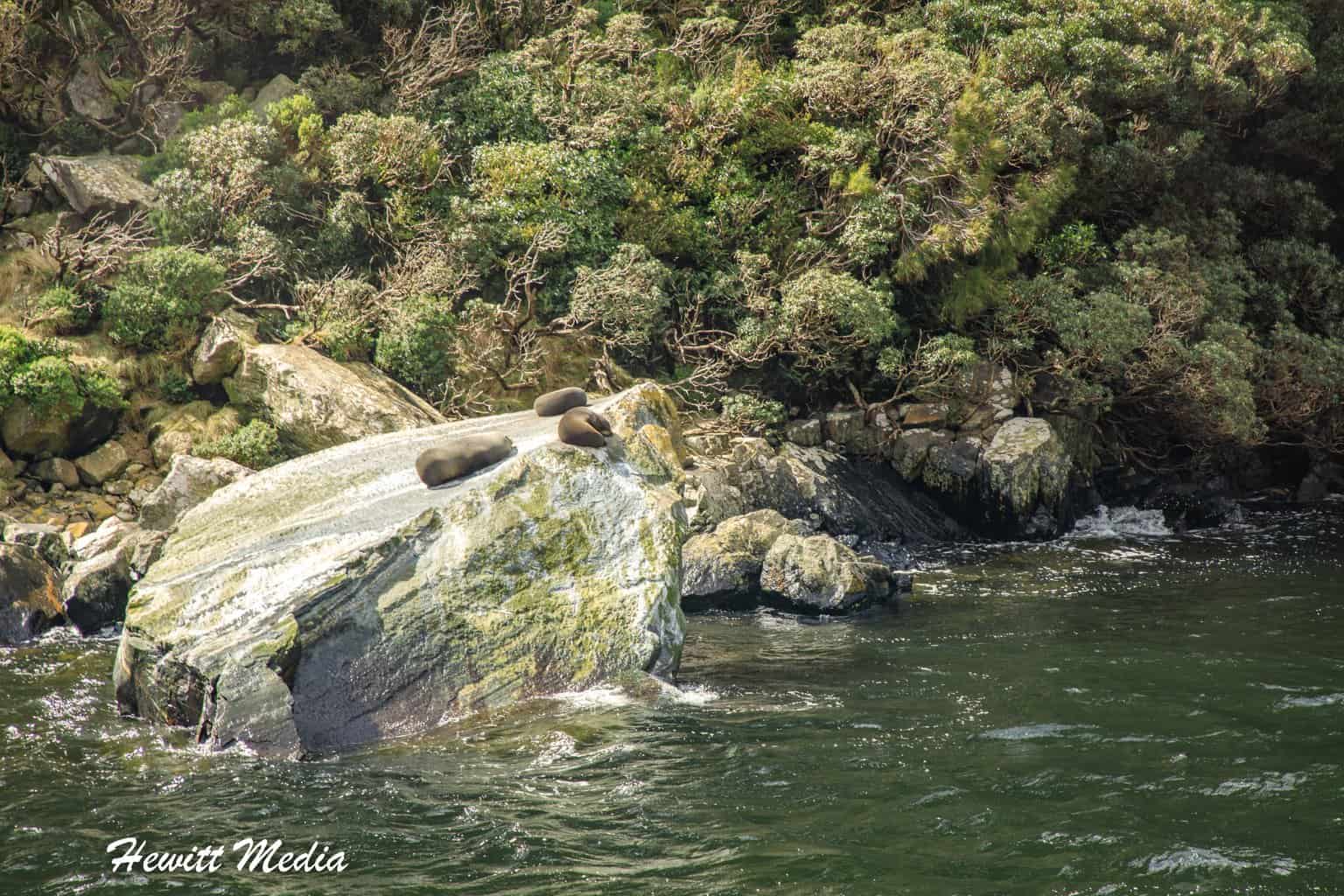
In addition to the stunning landscapes, Milford Sound is also infamous for the wide range of wildlife that visitors can see there. Among the marine animals that visitors can possibly see in the sound include dolphins, penguins, sea lions, whales, sharks, and a variety of different bird species. If you want to make your photographs of Milford Sound stand out, one of the great ways that you can do that is by highlighting some of the extraordinary wildlife that lives there.
Granted, there isn’t a way to control what wildlife you see when you visit Milford Sound, but you are going to want to keep a lookout for wildlife when you visit. When you do spot wildlife, you are going to want to be ready to photograph it. It might sound easy, but there are quite a few challenges to shooting wildlife in Milford Sound that you need to be aware of and prepared to deal with.
One of the biggest challenges you will face when taking photographs in Milford Sound in general, but especially of wildlife, is the constant motion. Not only the motion of your subjects, as many of the animals you will be photographing will be in motion, but also the motion of the platform where you will be standing.
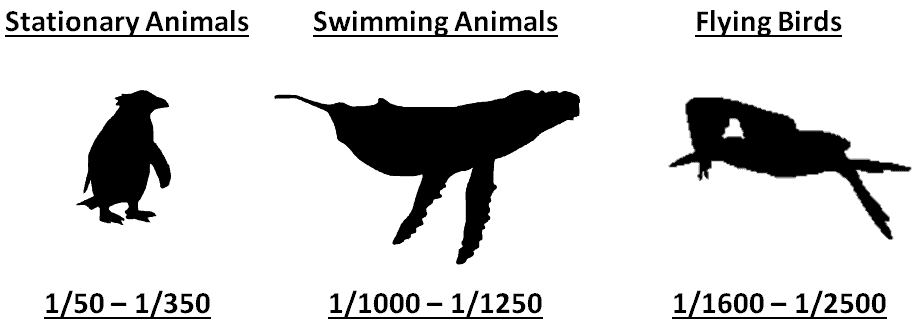
When you take a cruise on Milford Sound, the boat you are on will undoubtedly be rocking. Pair this with the fast movement of some of the animals you will see in Milford Sound and you can see how it might be difficult to get photographs of some of the wildlife at all, let alone photographs that are in focus.
You will also want to use a fast shutter speed when photographing moving animals in Milford Sound. This will help freeze the motion and make sure that your photographs are crisp and in focus. To give you an idea of what type of shutter speed to use for which animals in which circumstances, I have included some examples for you to review above. For instance, you will want to use a much faster shutter speed when photographing swimming or flying animals than you will when photographing stationary or walking animals.
Be Creative With Your Shots
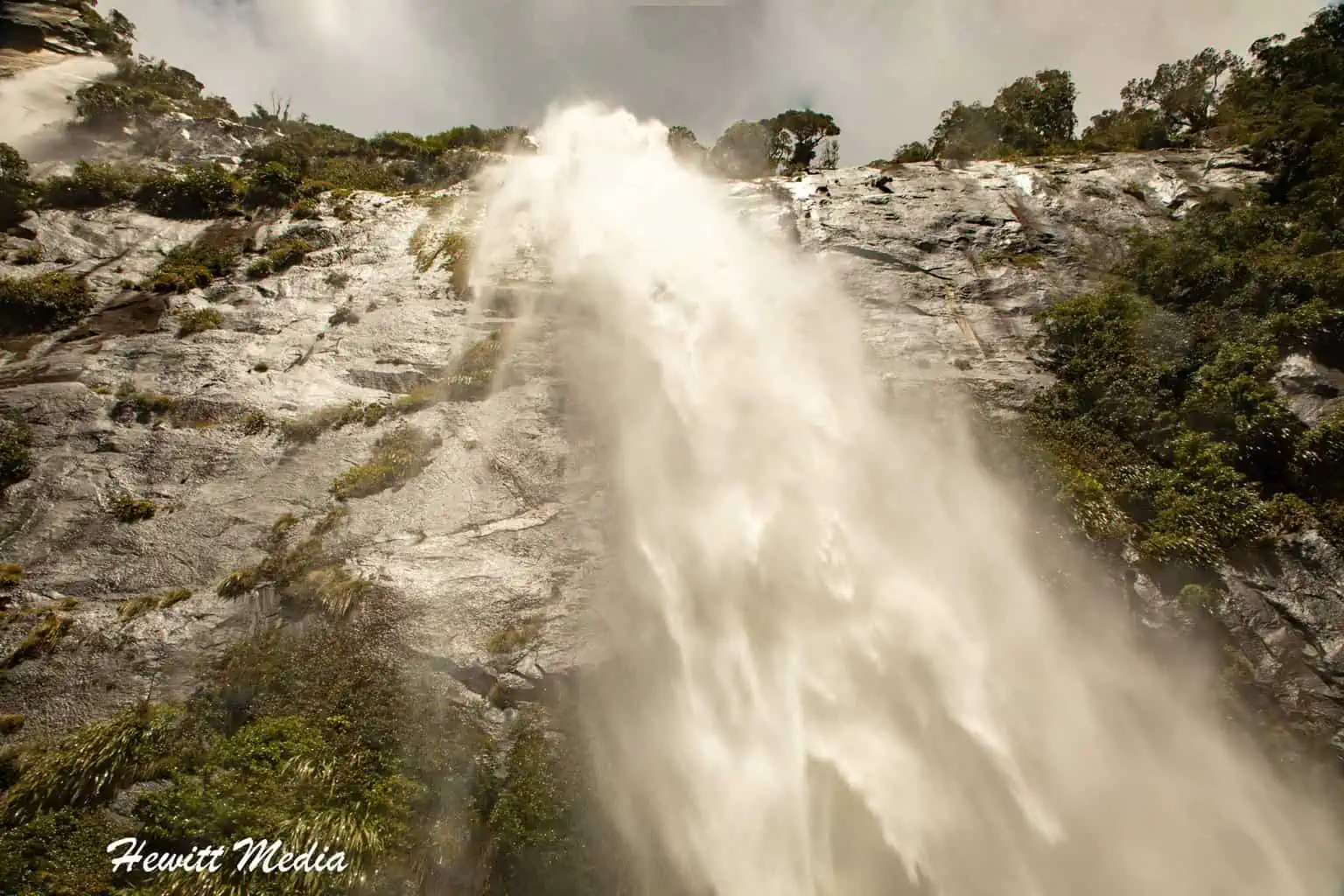
When thinking of all of the tips and tricks that I can give to you to help you take better photographs at Milford Sound, this one almost fell through the cracks. It is very easy to get bogged down with equipment and technique recommendations, but one of the best tips I can give you has nothing to do with either. One of the best ways to improve your photographs in general, and this holds true at Milford Sound as well, is to be creative with your composition.
There are so many interesting features at Milford Sound that you can be creative with. The boats on the water, the towering mountains on both sides of the sound, and the ever-changing weather are all things that you can use to create creative compositions for your photographs. You are only limited by your imagination.
Don’t Miss the Waterfalls

One of the amazing features that you can use in the composition of your photographs of Milford Sound to really make your photographs stand out are the beautiful waterfalls that you can often find cascading down the mountains and into the waters of the sound. These waterfalls can be over twice the height of Niagara Falls and have huge volumes of water. This is especially true right after a big rainfall.
Some of my favorite ways of photographing the waterfalls are by looking straight up into the waterfall or by looking sideways down the cliff face as I did in the photograph above. You really get a sense of how beautiful and powerful these waterfalls are when you photograph them that way. Not to mention, you also get a good view of the vegetation that grows on the rock face in this rainforest environment. The combination creates some absolutely stunning photograph compositions.
Bring a Polarizing Filter
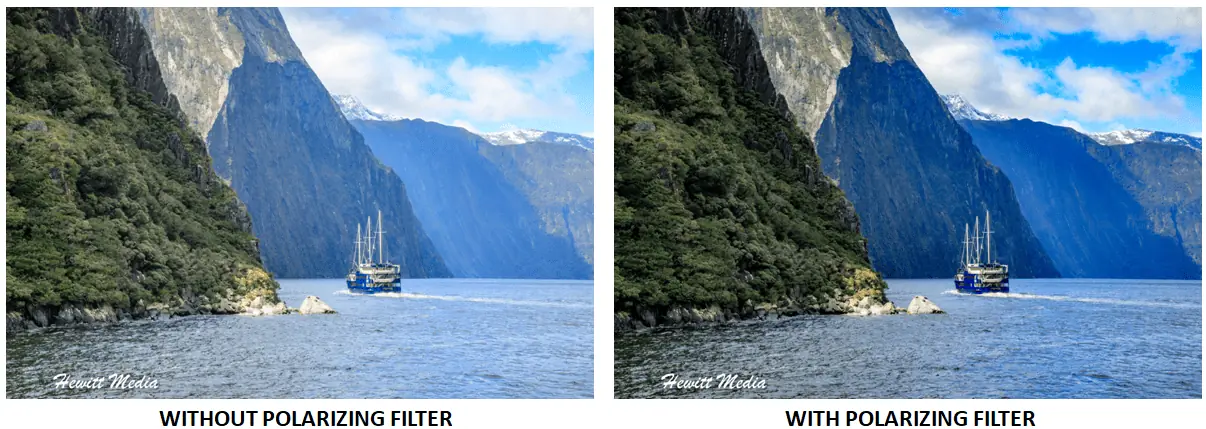
Outside of bringing a wide-angle lens, the best tip I can give you on what type of equipment to bring to photograph Milford Sound is to make sure you have a polarizing filter for your lenses. When photographing Milford Sound, you are going to want to reduce the glare off the water and cliffs and bring out the deep blues in the sky and the water. The best way to do those things is to use a polarizing filter. I would make sure you have a polarizing filter for at least your wide-angle lens as that is the lens it will be the most useful on.
Include Boats in Your Photographs to Show the Scale
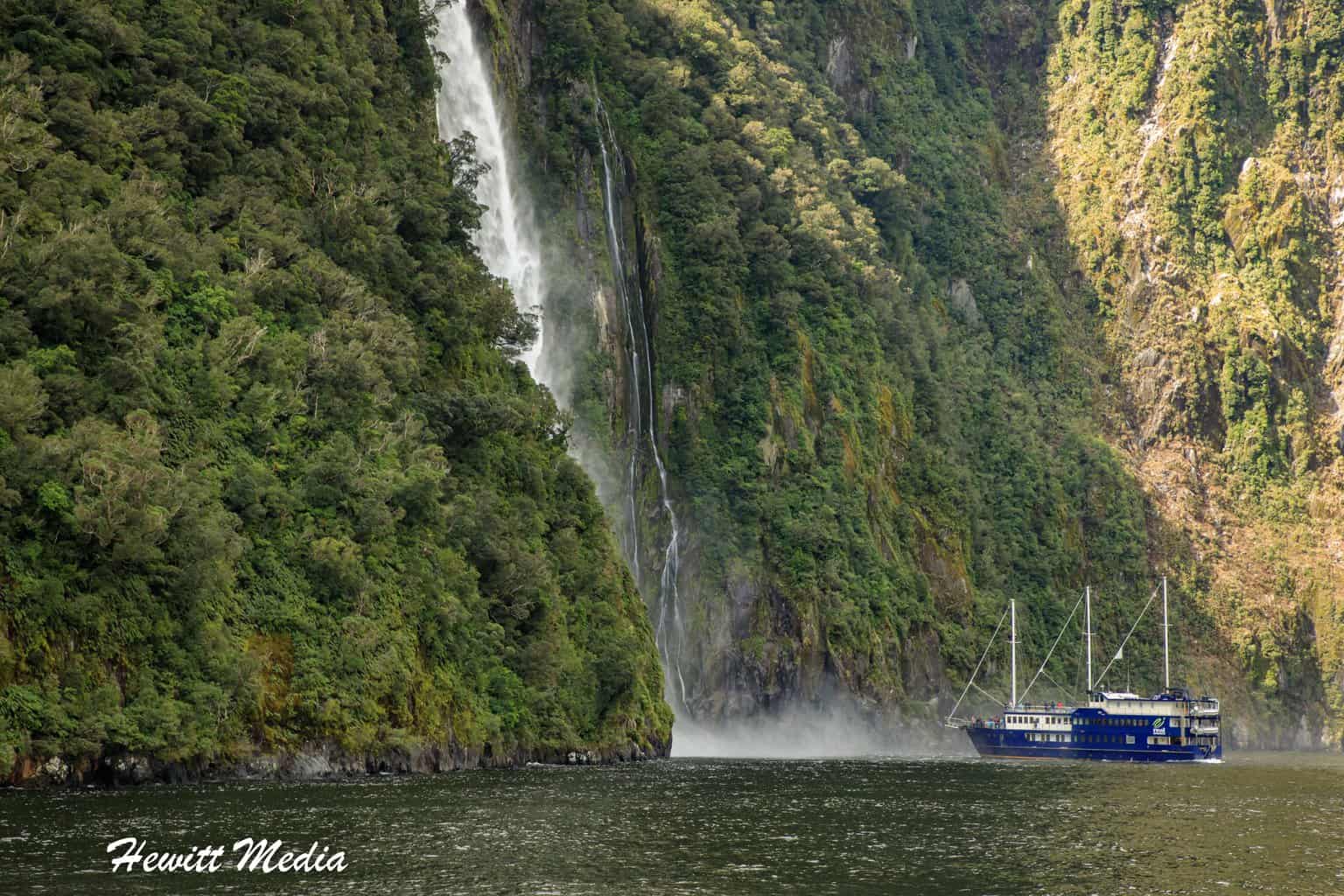
The scope of Milford Sound is grand, both in the size of the sound itself as well as the size of the mountains that surround it. When you take pictures of large, vast landscapes like Milford Sound, it is very easy for the size of those landscapes to get lost in your photographs. Without something in the photographs to show the scale of the landscape, it is hard for people’s eyes to discern how big the landscape is.
The easiest way to remedy that problem and show your photograph’s viewers the vastness of Milford Sound is to include some of the boats on the water in your pictures. In addition to providing your photos with some much-needed scale, the boats are also interesting subjects to include in your shots.
Top Photography Spots
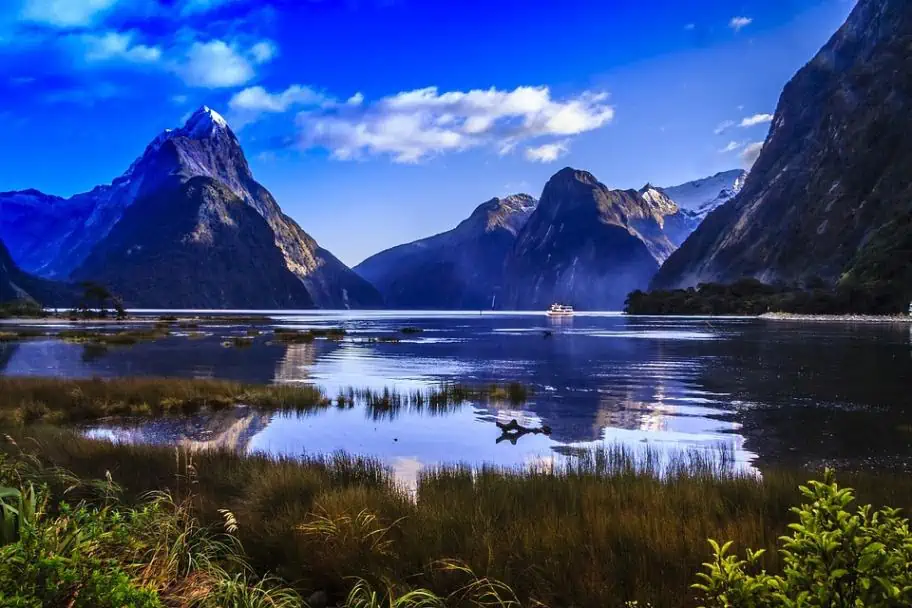
One of the best ways to improve your travel photography is to do a little research on the location you are traveling to ahead of time. Armed with this information, you can be better prepared in terms of what gear to bring, what lighting conditions you can expect, and where to go to get the best shots.
To help you prepare for your photo trip to Milford Sound, I have included a resource to help you. In my Milford Sound photography guide below, you will find a link to my Photography Prep Guide for Te Anau, New Zealand.
What Gear to Pack for Milford Sound
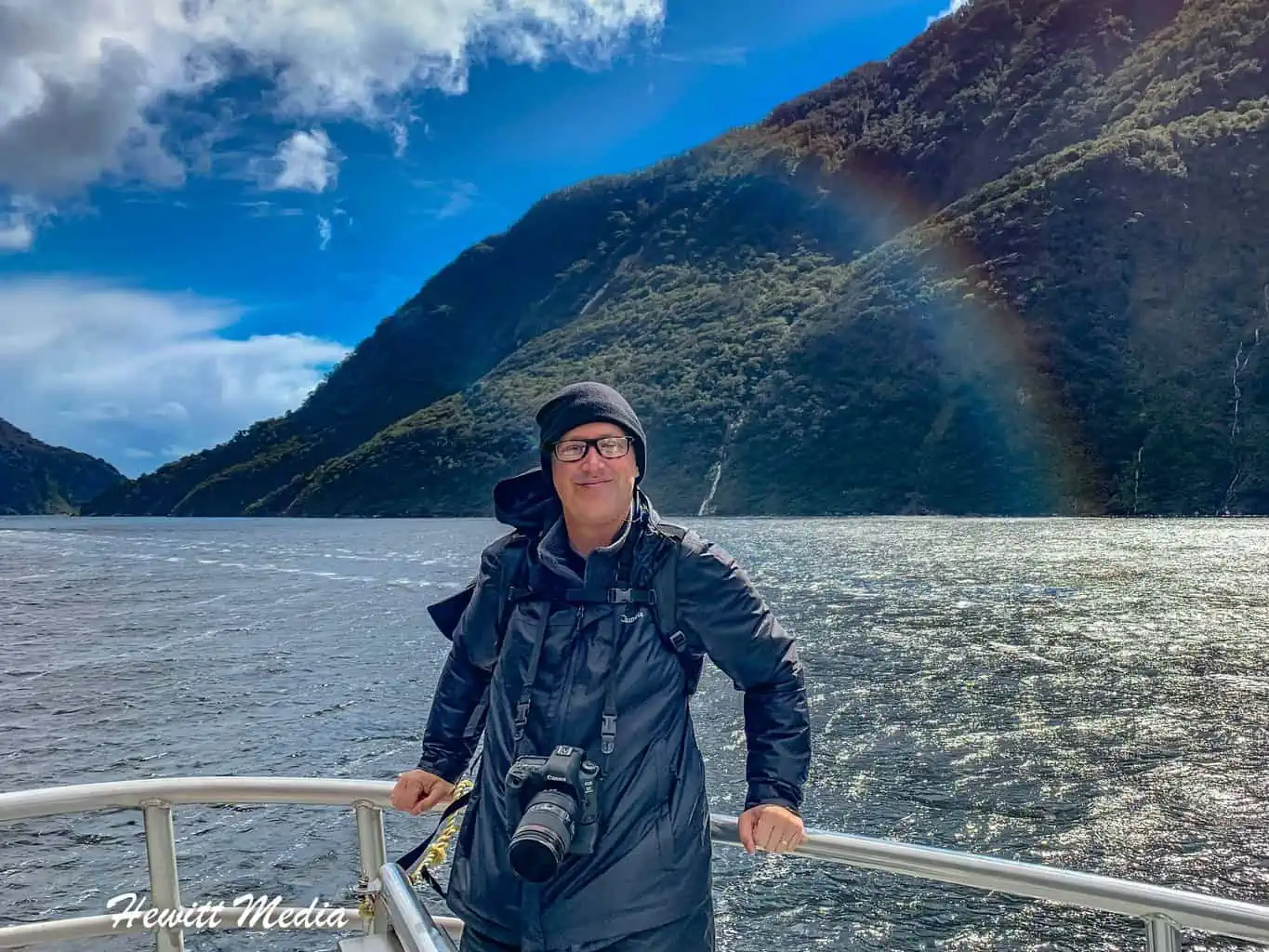
Before you leave for the Milford Sound, make sure you have the right camera gear with you to be successful. Having the right gear can mean the difference between great photographs and poor ones. More importantly, it can be the difference between coming home with all of your equipment in working condition or having equipment issues. To help you pack your camera gear for this trip, I have included a list of essential gear for you to review in my Milford Sound photography guide below.
Digital Camera
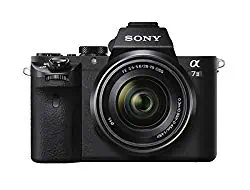 |
You will want to balance quality versus weight here. I would suggest bringing your DSLR if you have one because of the quality of shots that they take, but if you have a mirrorless camera that is probably ideal because they are much lighter and take high-quality shots. |
| View Recommendations on Amazon.com | |
Wide Angle Lens
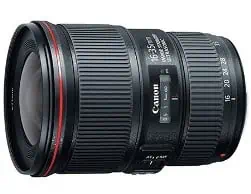 |
in close quarters that you will be taking at Milford Sound. When you are on the boat cruise, you are going to want to capture the magnitude of the sound. The best way to do this is to capture as much of the landscape as possible. The wide-angle lens will also help you capture landscapes you are up close to, such as the many beautiful waterfalls in Milford Sound. |
| View Recommendations on Amazon.com | |
Extra Batteries
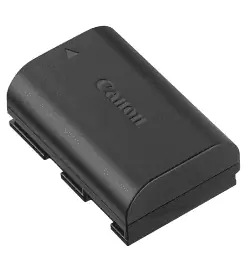 |
You will want to make sure you have enough battery life to take shots, not only while you are at Milford Sound, but on your journey along the way. For this reason, I would bring a few extra charged batteries in your bag when you make your trip. |
| View Recommendations on Amazon.com | |
Lens Hood
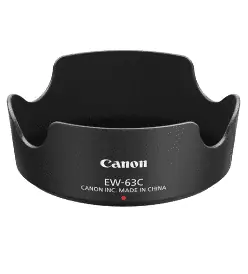 |
The sun isn’t out for over half the days of the year at Milford Sound, but if you do visit when the sun is out, you will want to make sure you protect from lens flares. The best way to do this is to have a lens hood with you. |
| View Recommendations on Amazon.com | |
Camera Bean Bag
 |
A tripod will be a tough thing to use when you are on a Milford Sound cruise. Not only will space likely be limited, but you will also have issues stabilizing a large tripod. Instead, I would bring a camera bean bag if you would like to stabilize your camera for some shots. Not only will it help you stabilize your shots, but it will also help protect your camera if the boat rocks. |
| View Recommendations on Amazon.com | |
Camera Backpack
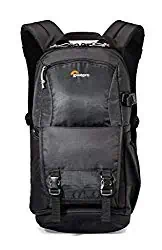 |
You are going to want to have a bag to carry your camera equipment when you visit Milford Sound. This will help protect your gear when you aren’t using it. If possible, I would look for a bag that has a weather-proof cover that will protect the bag and your gear from wet weather. |
| View Recommendations on Amazon.com | |
Polarizing Filter
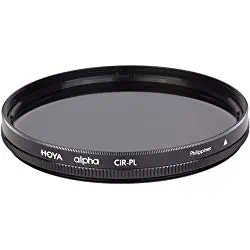 |
Having a polarizing filter on your lens will be extremely helpful when shooting landscape shots at Milford Sound. I kept mine on my wide-angle lens the entire time I was at Milford Sound. |
| View Recommendations on Amazon.com | |
Waterproof Camera Cover
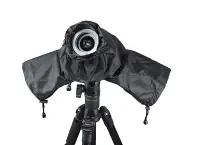 |
If it is raining when you visit Milford Sound, you are going to want to have something to protect your camera from the rain when you take it out of your bag to get some shots. The best way to protect your camera in the rain is to get a rain cover. These covers come in both the disposable and the reusable variety, which gives you options depending on what your budget is. |
| View Recommendations on Amazon.com | |
Dry Bag
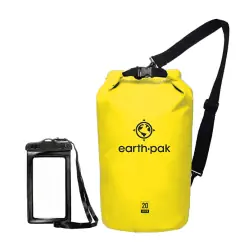 |
Because Milford Sound is such a wet destination, it makes sense to have something that can help keep your most sensitive gear wet no matter what. While a backpack with a weather-proof cover is a good start, it isn’t completely waterproof. That’s why I always bring a dry bag with me when I visit any location that has the potential to be very wet. Milford Sound is one of these locations where you will be glad to have a dry bag. |
| View Recommendations on Amazon.com | |
Optional Equipment
Any additional equipment that you bring will need to fit inside your bag and you will have to carry its weight around with you while you visit, so make sure you choose your gear wisely. Below are some optional pieces of gear you might want to consider bringing.
- Zoom lens (200-300mm maximum focal length). A wide-angle lens will be far more valuable at Milford Sound, but you may want to photograph wildlife or other subjects that require more reach.
- Battery Grip. Having a battery grip will allow you to go longer without having to change batteries (as most hold two at a time), and they also make taking portrait shots much easier because of the more convenient shutter button location.
Don’t Forget to Subscribe to My Adventures!

Let Me Help You Save On Your Next Adventure!

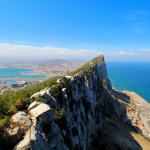
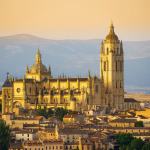


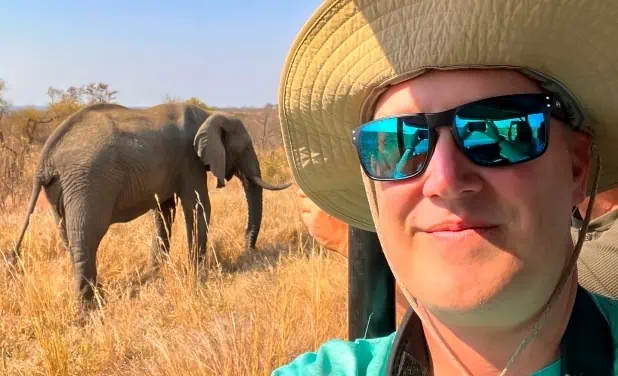
Great tips and wonderful photos. Thanks for sharing!
Thanks Laci!!! 😀